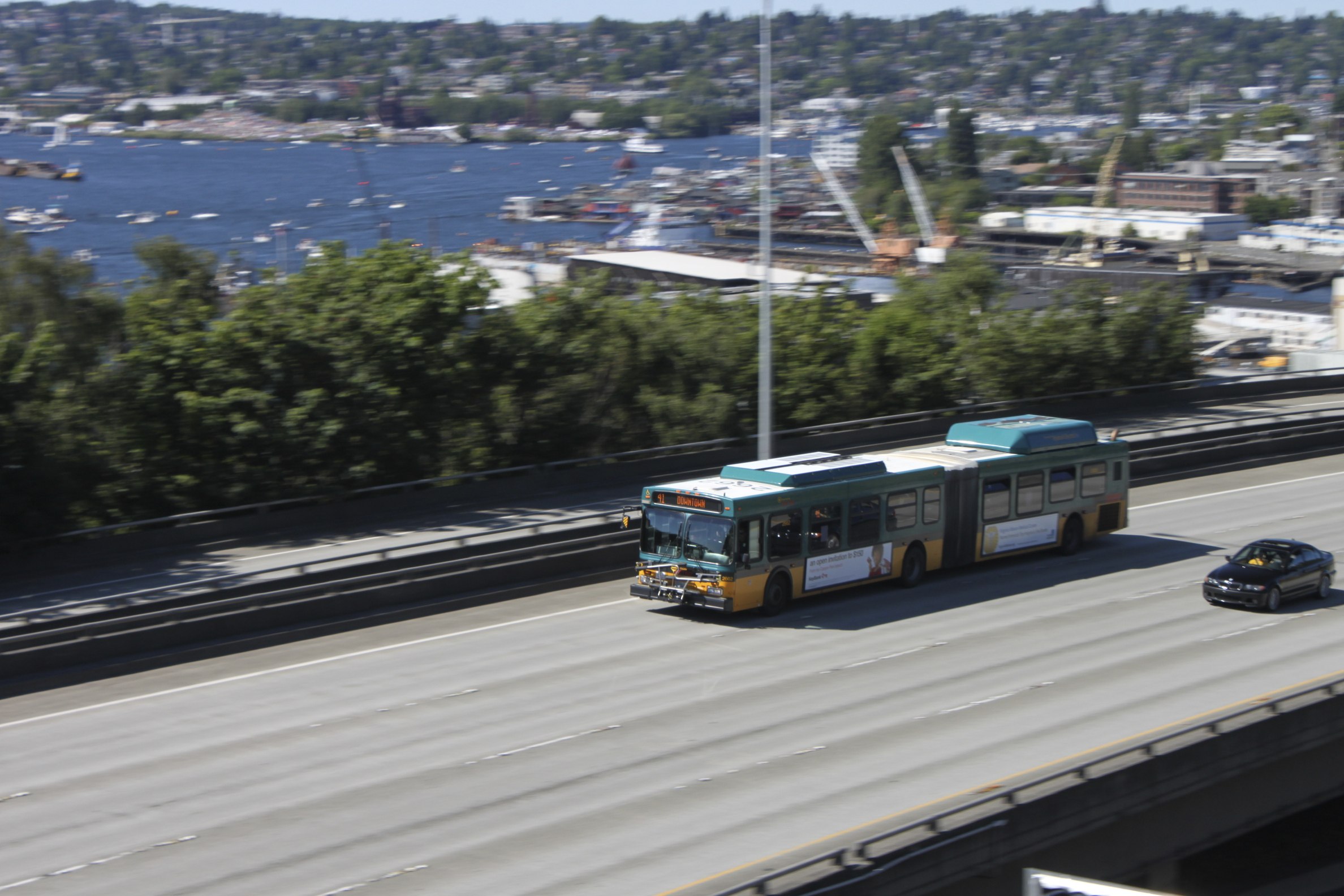
Highways & infrastructure
What if we could build a future where cars, highways and outdated infrastructure don’t dominate our lives?
Which highway and infrastructure projects our government spends money on can shape our communities and have a direct impact on the quality of our lives. But far too often we are cut out of those decisions, or lack the information we need to make sure bad projects are stopped, and the right investments get made. Together we can make sure our leaders are making the right choices, and building a better future for all of us.
Featured Resources


Less driving is possible

Green Scissors
Highway Boondoggles 6
The Latest

USDOT now accepting applications for the Reconnecting American Communities program
Many communities were cut off by highway projects. A new program aims to help.
New report proposes roadmap for how to transform America’s transportation infrastructure
America’s current transportation system has been designed, built and centered around the automobile, and it is a public health disaster. U.S. PIRG Education Fund and Frontier Group’s latest report, Transform Transportation, identifies the numerous harmful health impacts caused by America’s car-centric transportation system and provides a three-step roadmap toward a healthier, more sustainable approach to transportation infrastructure.
New Report: Misplaced highway spending to blame for crumbling roads and bridges
A new report released today strongly criticized politicians and policies that favor building new roadways while neglecting existing bridges and roads. The report notes that, for North Carolina car owners, rough roads increase their repair and operating expenses by an average of $251 per year. North Carolina has not prioritized preservation of its existing roadways and the state legislature and Department of Transportation have continued to plan for a spate of outer ring roads throughout the state which would further deplete funds for repair and maintenance. Despite the recent construction of much of North Carolina’s highways, 42 percent of roads are in less than good condition and 2,442 of the state’s bridges are deemed structurally deficient by government inspectors. Fourteen percent of North Carolina’s bridges are structurally deficient, compared to 12 percent nationally.